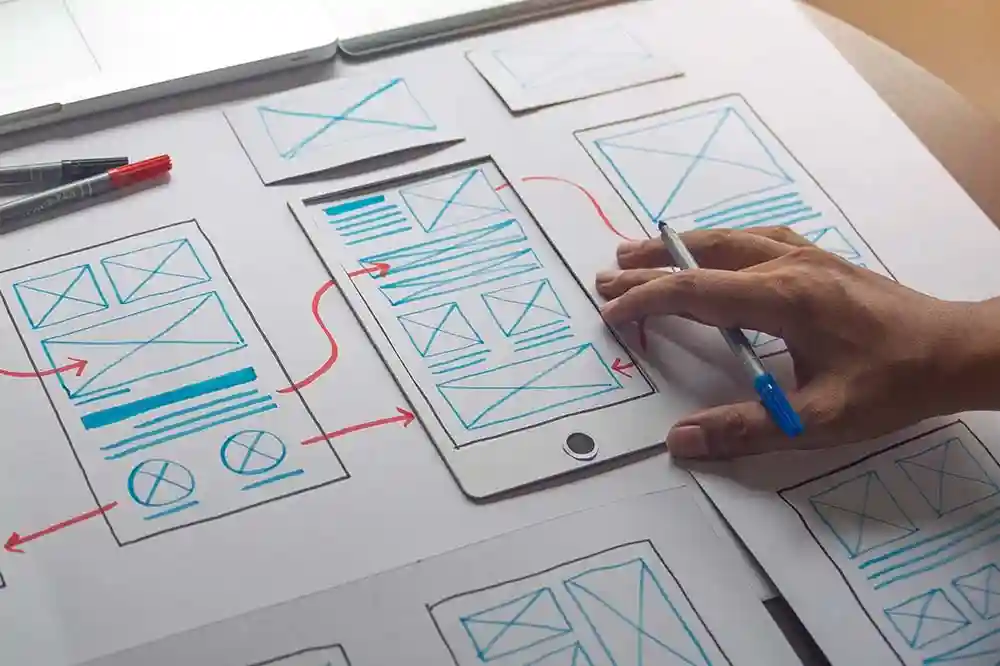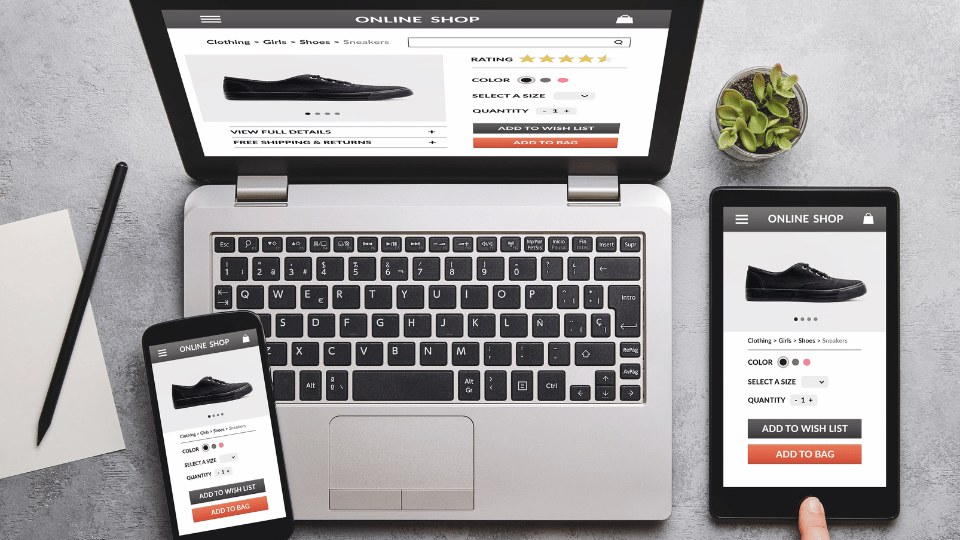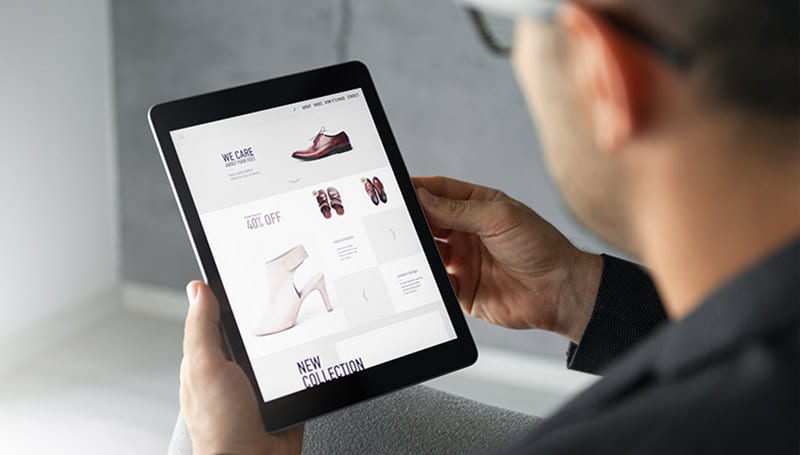In today’s digital age, user experience (UX) design plays a crucial role in creating meaningful interactions between users and products or services. If you are looking to delve into the world of UX design, you’ve come to the right place.
This comprehensive guide will walk you through the basics of UX design, key principles to keep in mind, essential skills to develop, and the top 10 jobs in the field to consider.
Understanding UX Design
UX design is all about enhancing user satisfaction by improving the usability, accessibility, and overall pleasure provided in the interaction between the user and a product. It involves understanding the users’ needs and behaviors to create intuitive and seamless experiences.
To excel in UX design, you must have a solid understanding of human psychology, design principles, and technological trends. By mastering the fundamentals of UX design, you can create products that not only look great but also offer a delightful user experience.
Key Principles of UX Design
Effective UX design is rooted in a set of core principles that prioritize usability, inclusivity, and user satisfaction. These guiding concepts ensure that digital products not only meet user needs but also deliver seamless and meaningful interactions.
- User-Centered Design: Putting the needs and preferences of users at the forefront of the design process is essential for creating successful products.
- Usability: Ensuring that the product is easy to use and navigate is key to providing a positive user experience.
- Accessibility: Designing products that are accessible to users of all abilities is crucial for inclusivity.
- Consistency: Maintaining consistency in design elements and interactions across the product enhances usability and familiarity for users.
- Feedback: Providing clear feedback to users about their actions helps in guiding them through the product effectively.
By incorporating these principles into your design process, you can create user-centric experiences that resonate with your target audience.
Essential Skills for UX Designers
Becoming a successful UX designer requires a diverse skill set that blends creativity, technical expertise, and user-centered thinking. These core competencies ensure designers can craft intuitive, engaging, and effective digital experiences that meet both user needs and business goals.
- Research Skills: Conducting user research to understand user needs and behaviors.
- Wireframing and Prototyping: Creating visual representations of the product’s layout and functionality.
- Visual Design: Designing visually appealing interfaces that align with the brand’s aesthetics.
- Interaction Design: Defining how users interact with the product through animations, transitions, and micro-interactions.
- Testing and Iteration: Gathering feedback through usability testing and refining the design based on user insights.
Developing these skills will not only make you a proficient UX designer but also open up a world of opportunities in the industry.
Top 10 Jobs in UX Design
The field of UX design offers a wide range of career opportunities, each focusing on different aspects of creating exceptional user experiences. From crafting intuitive interfaces to conducting in-depth user research, these roles cater to various skills and interests, making UX a dynamic and versatile career path.
- UX Designer: Creating user-centric designs for digital products and services.
- UI Designer: Focusing on the visual aspects of the user interface to enhance user experience.
- Interaction Designer: Designing how users interact with digital products through intuitive interfaces.
- UX Researcher: Conducting user research to gather insights and improve the overall user experience.
- Information Architect: Organizing and structuring information to facilitate user navigation.
- Usability Analyst: Evaluating the usability of products through testing and analysis.
- Product Designer: Integrating UX design principles into the end-to-end product development process.
- UX Writer: Crafting clear and concise content that guides users through the product.
- Service Designer: Designing holistic experiences that encompass multiple touchpoints and interactions.
- UX Consultant: Providing strategic guidance on UX design practices to organizations and businesses.
Each of these roles offers a unique perspective on UX design, allowing you to specialize in areas that align with your interests and strengths.
Conclusion
In the fast-paced world of UX design, continuous learning and adaptation are key to staying ahead of the curve. By mastering the fundamentals of UX design, honing your skills, and exploring diverse job opportunities, you can carve out a successful career in this dynamic field.
Key Takeaways:
- User-centered design is at the core of creating successful products that resonate with users.
- Prioritize usability, accessibility, consistency, and feedback in your design process to enhance the user experience.
- Develop essential skills such as research, wireframing, visual design, interaction design, and testing to excel in UX design.
- Explore a variety of roles in the field, from UX designer to UX writer, to find your niche and leverage your strengths.
To further enhance your knowledge and skills in UX design, consider enrolling in the Parsons UX Design Foundations online course and certificate program offered by Yellowbrick. This program can provide you with valuable insights and hands-on experience to kickstart your career in UX design.




